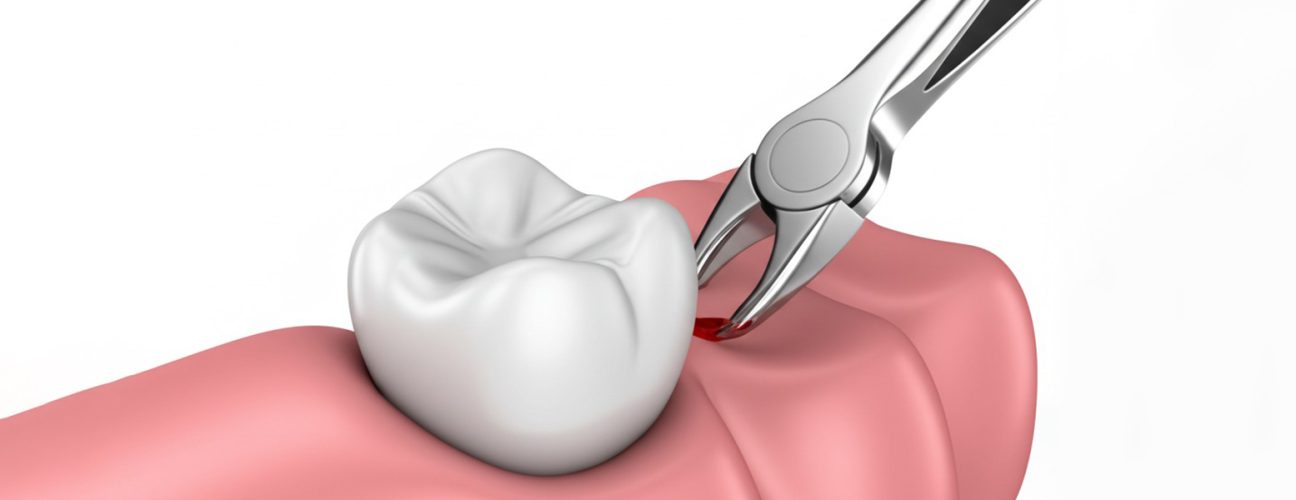How to Care for the Surgical Site After Tooth Extraction to Promote Healing
April 1, 2025Caring for the surgical site after a tooth extraction is critical for a smooth recovery. Effective recovery steps can minimize swelling, discomfort, and potential complications. Here’s a detailed guide to help you care for the site and ensure successful healing.
Immediate Post-Extraction Recovery
The first 24-48 hours are crucial for developing a blood clot, which is necessary for healing.
- Bite on Gauze: Place a gauze pad over the extraction site and bite down lightly to control bleeding and encourage clot formation. Change the gauze as needed, typically every 30-45 minutes.
- Avoid Touching the Site: Refrain from poking the site with your tongue or fingers to stop dislodging the clot and introducing bacteria.
- Rest and Relax: Avoid physical activity for the first 24 hours to permit your body to focus on recovery.
These steps form the foundation of tooth extraction recovery care and help minimize early complications.
Pain and Swelling Management
Post-extraction pain and swelling are common but can be managed with simple techniques.
- Apply Cold Compresses: Place an ice pack on the outside of your cheek near the treated site. Apply for 15-20 minutes at a time, with 10-minute breaks in between, to reduce swelling.
- Take Pain Medication: As your dentist directs, use prescribed or over-the-counter pain relievers. Avoid aspirin, as it can increase bleeding.
- Keep Your Head Elevated: Sleep with your head on pillows to minimize swelling and promote circulation in the affected area.
Effective management ensures smoother post-tooth extraction healing and reduces discomfort.
Maintaining Oral Hygiene
Proper hygiene after a tooth extraction is very important to prevent infection while maintaining the blood clot.
- Rinse Gently: After 24 hours, to keep your mouth clean, rinse it with a warm saltwater solution. Avoid vigorous swishing that could disrupt the healing process.
- Brush Carefully: Use a soft-bristle toothbrush to clean surrounding teeth, but avoid brushing directly over the extraction site for the first few days.
- Avoid Smoking or Alcohol: Both can interfere with healing and increase the risk of complications.
These hygiene practices support healing after tooth extraction while keeping the surrounding area clean and healthy.
Dietary Adjustments
Eating the right foods during recovery prevents irritation to the surgical site and promotes faster healing.
- Stick to Soft Foods: Options like yogurt, mashed potatoes, and scrambled eggs are gentle on the gums. Gradually reintroduce firmer foods as healing progresses.
- Stay Hydrated: Drink plenty of water, but refrain from using a straw because the suction can dislodge the blood clot.
- Avoid Hard or Spicy Foods: Crunchy snacks and spicy dishes can irritate the surgical area and delay recovery.
These dietary habits ensure comfort and provide the nutrients necessary for recovery after tooth extraction in Burnaby.
Advanced Healing Aids
Some advanced techniques and products can enhance recovery and improve outcomes after an extraction.
- Platelet-rich fibrin (PRF): This natural substance is applied to the surgical site to promote tissue repair and reduce swelling.
- Hyaluronic Acid Spray: Known for its anti-inflammatory properties, this spray soothes the area and accelerates healing.
- Medical-Grade Honey: Applied topically, honey helps reduce infection risk and promotes faster recovery.
- Chitosan Dressings: These dressings protect the wound and encourage bone formation.
These aids are excellent additions to traditional recovery methods, making the process more comfortable and efficient.
Monitoring and Follow-Up Care
Regular follow-ups with a local dentist are vital to ensure proper healing. These visits allow your dentist to evaluate progress and address any concerns promptly.
- Report Unusual Symptoms: If you experience excessive pain, swelling, or signs of infection, you should talk to your dentist immediately.
- Follow Recovery Plans: Adhering to your dentist’s instructions makes sure of successful healing and reduces the risk of complications.
Routine check-ups are vital for preserving dental health and promoting healing.
Long-Term Oral Care After Healing
Once the surgical site has healed, maintaining good oral hygiene helps protect your gums and overall dental health.
- Brush Gently: Invest in a soft-bristle toothbrush to clean teeth thoroughly without irritating sensitive areas.
- Floss Carefully: Avoid forceful flossing near the extraction site during the early stages of recovery.
- Visit a Dentist Regularly: Schedule regular dental cleanings with a dentist near you to ensure ongoing oral health and address potential concerns.
Consistent care helps preserve the health of your gums and teeth after recovery.
Why Choose a Smile Dental Group?
For personalized care and expert advice, visit Smile Dental Group. Whether you need guidance for a tooth extraction or comprehensive dental care, the team provides compassionate and professional support tailored to your needs. Trust an experienced dentist for a smooth recovery and long-term dental health.
